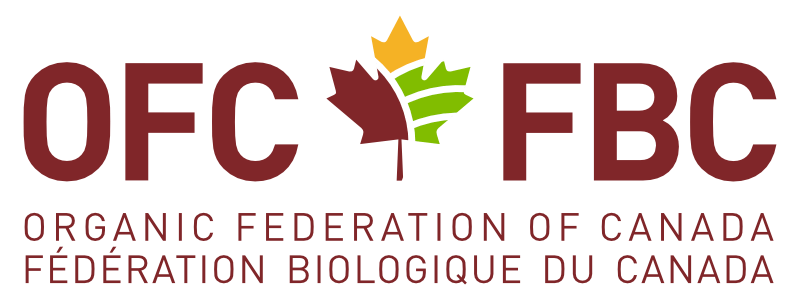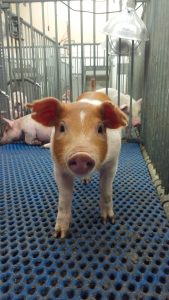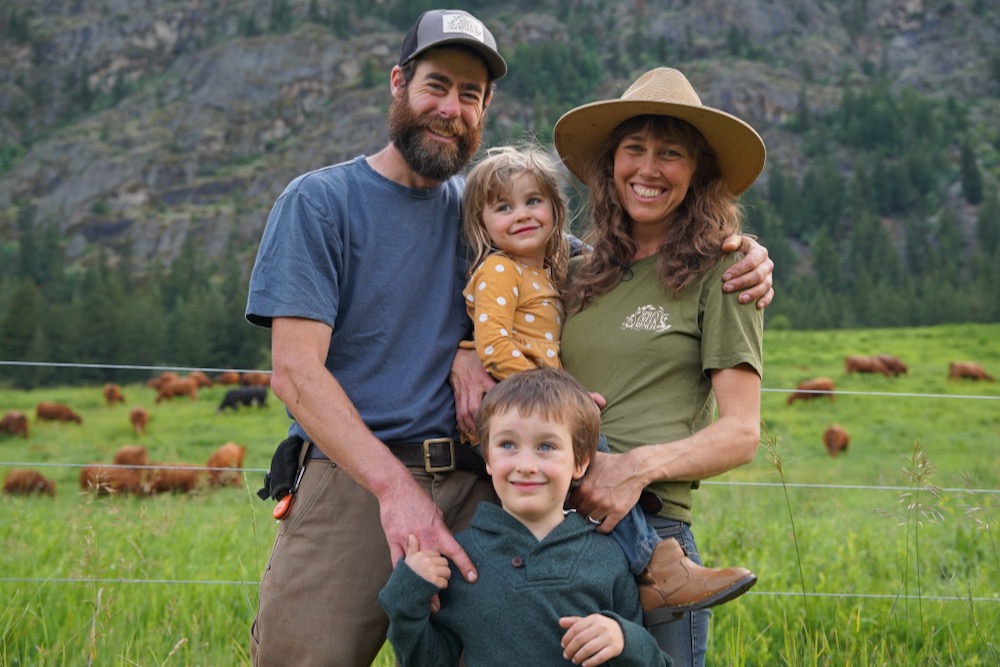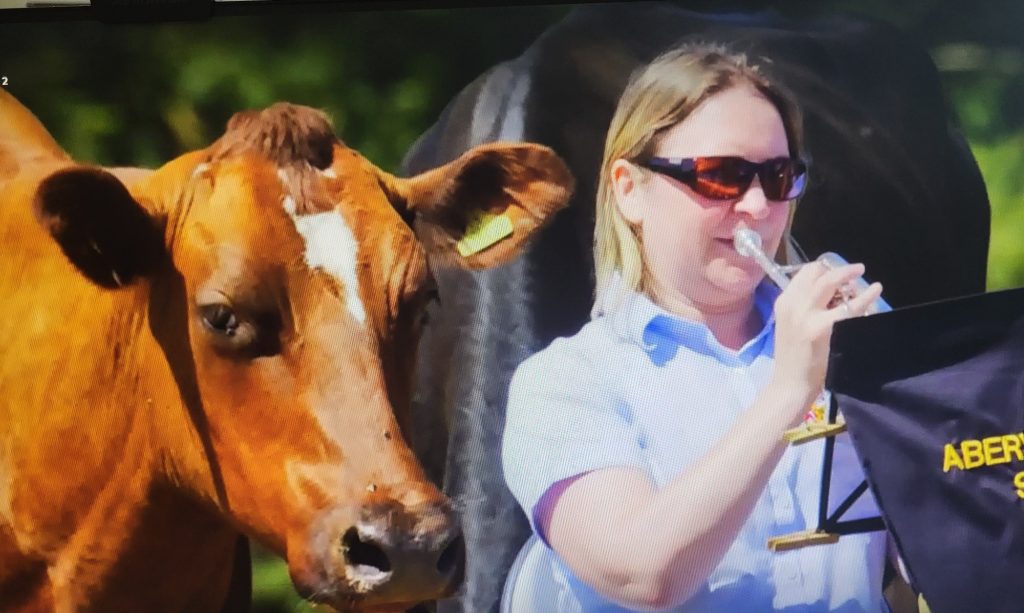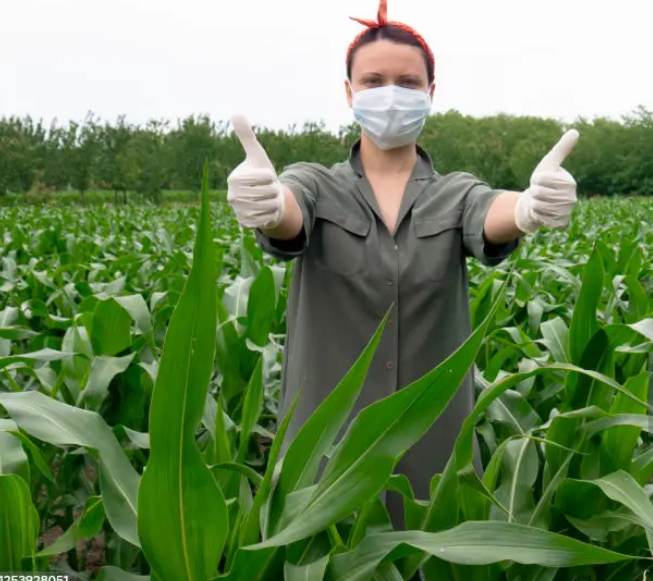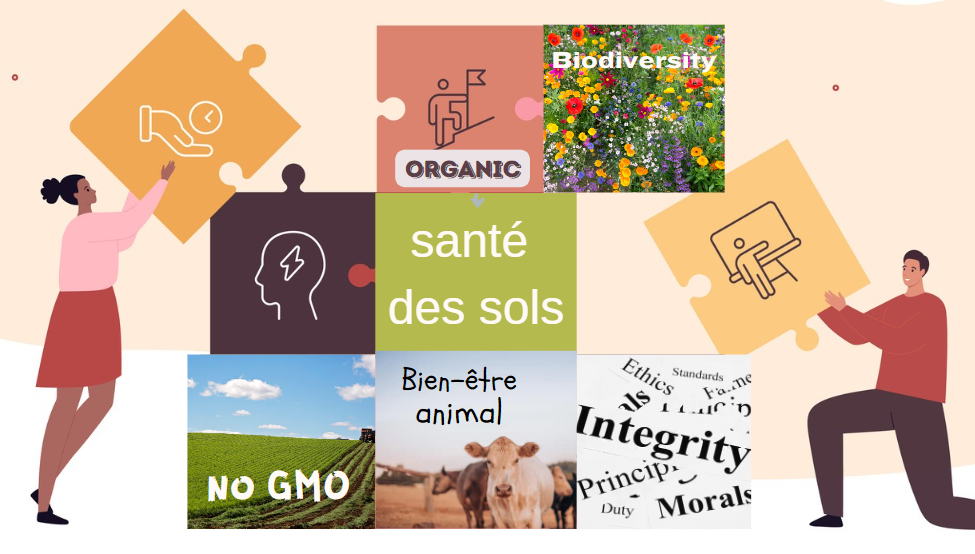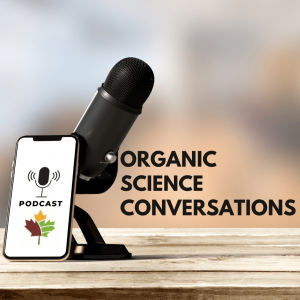Welfare friendly alternative to surgical castration for organic pigs
One of the many challenges facing livestock producers has always been the castration of male animals. In many domestic livestock species, male hormones are linked to increased aggression and sexual behaviour such as mounting, which can lead to safety hazards for farmers and injuries for the animals. For swine in particular, male hormones are also linked with a strong, unpleasant smell known as ‘boar taint’, which is found in sexually mature males present during cooking.
Castration of male piglets has long been a source of apprehension for pork producers. Unlike other livestock species, pig castration must be done surgically, and even with the use of analgesia and anesthesia, the procedure is painful and comes with the risk of haemorrhage, herniation, and infection. In addition to welfare considerations, castration can often result in lowered growth rates, increased feed costs, and increased fat content of the carcass.
Despite these management concerns, the risk of boar taint is something most producers are not willing to take. The Canadian Organic Standards does permit surgical castration of piglets with the use of both anesthetic and analgesic to control pain during and after the procedure, but strongly recommends producers consider using non-surgical methods to control boar taint once they become more widely available.
One such method attracting the attention of researchers is the use of genetic markers to produce breeding lines of pigs that carry lower levels of the compounds that result in boar taint. This method aligns with organic principles in that it is using the genetic diversity already present in nature by selecting for individual animals to pass on preferred traits. The Organic Science Cluster 3 Research Activity 25: Welfare friendly alternative to surgical castration for organic pigs, is doing just this. The project, led by Dr. James Squires, has been researching how breeding for low boar taint impacts physiology and meat quality, as well as its impact on behaviour and the social environment.
The Canadian Centre for Swine Improvement (CCSI) has been working with the University of Guelph on Activity 25 providing both funding as well as the analysis of genetic markers, and helping to connect the researchers to the industry at large. CCSI was created by the pork industry in 1994 to provide genetic improvement services, which were previously provided by AAFC. The centre was created alongside centres for dairy cattle, poultry and other commodities. CCSI works with other organizations across the value chain to help with swine improvement and the improvement of pork. CCSI provides a genetic evaluation service to purebred breeders, and have been embarking on increasingly more research projects, which largely focus on genetic improvement, but also improvement in general. Brian Sullivan, Chief Executive Officer spoke with The Organic Federation of Canada on how the activity is progressing.
There are two compounds responsible for the production of boar taint in pigs. One is androstenone, a pheromone that is produced in the testes as well as the adrenal glands, which is deposited in the fat of the animal as it grows. The other compound, skatole, is produced by bacteria in the intestines. Skatole is less related to genetics than androstenone, being found in both the manure and the environment, although genetics have been found to either raise or lower the levels of both compounds present at slaughter. Activity 25 has been focusing on manipulating the levels of androstenone, as research has shown this to be a heritable trait. “We know that genetics has a big role, especially for androstenone,” says Sullivan. “We have been able to find associations with genetic markers, so that is what we have been focusing on, to validate how effective that could be. We compare a group of boars with one set of marker types known for higher androstenone, to another set with marker types for lower androstenone.” The activity has been measuring whether there is a difference from what has been estimated, and whether that corresponds to actual differences once the animals grow to market weight.
“One of the variables this research is looking at is whether these groups have any difference in behaviour between the high and low groups,” notes Sullivan. “Things like mounting behaviour, or [if they have] increased aggression, or less. The first batch we tried showed no significant differences, so we want to repeat that again.” The first trial was done at the University of Guelph research farm, and the second will be working with a larger breeder which will allow for bigger groups. This will take place over the next several months, and will be using the genetic markers that were found in a previous project to predict the levels of boar taint in the young boars. The boars will be raised and evaluated for behaviour and their responses to things like introducing strange boars into a group, or humans approaching, to see if there is any difference in terms of the high and low androstenone groups. “Once the animals reach market weight, we will also check them at the end and see how their actual levels [of androstenone] compare to the predictions from genetic markers.”
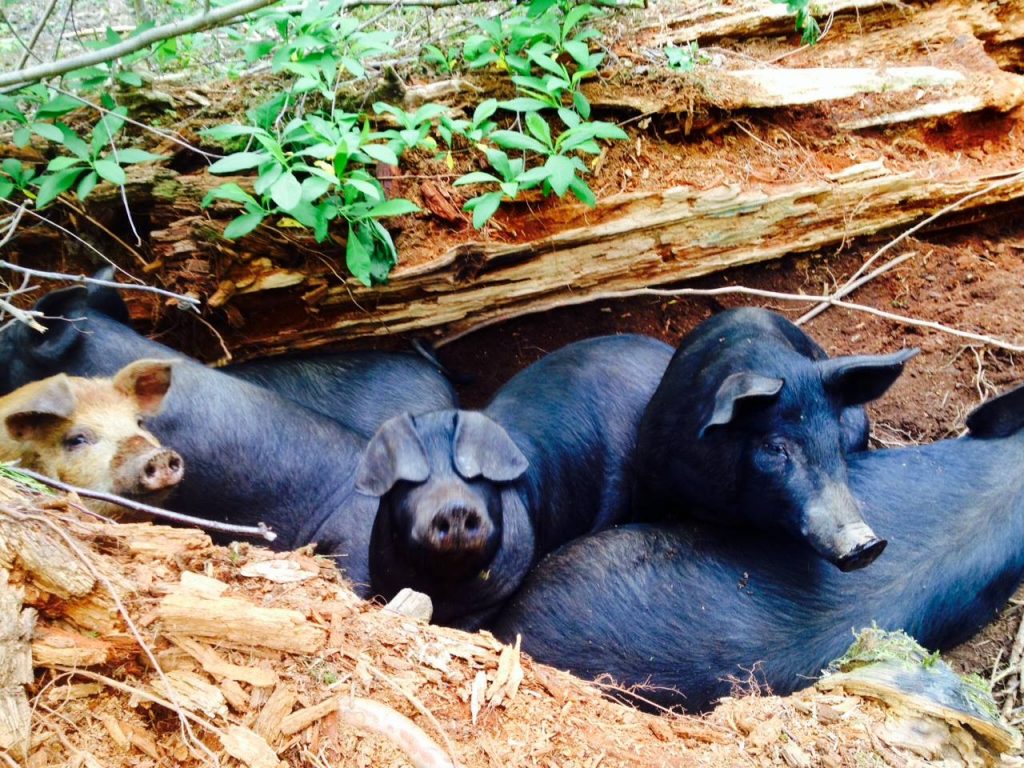
When it comes to measuring androstenone, both chemical and sensory tests are commonly used to detect boar taint in commercial pork. Threshold values are proposed for determining fat concentrations of androstenone and skatole that would be acceptable to consumers. When measuring using sensory tests, the thresholds are variable, as this tends to vary from person to person. “Some people can detect low levels of taint and are more likely to be bothered by it, whereas others cannot detect it at all,” Sullivan notes. “CCSI has been working with a biochemist to develop a test where the fat is analysed to determine androstenone and skatole levels once the animals have gone to slaughter. The goal is an objective measurement that is easy, economical and more accurate than a sensory test.”
This research has the potential to have a significant impact on organic pork production. Not only would avoiding surgical castration present an exceptional improvement for the welfare of these animals and provide relief for farmers but would also have a significant environmental impact as well. Raising uncastrated male animals improves growth rates and efficiency, increasing performance by as much as 10%. This increase in efficiency helps to reduce feed and water inputs while concurrently reducing greenhouse gas emissions, urine, and fecal outputs, leading to a more sustainable pork industry.
More information on the Organic Science Cluster 3 Research Activities, including Activity 25 can be found on the Organic Science Cluster 3 Website.
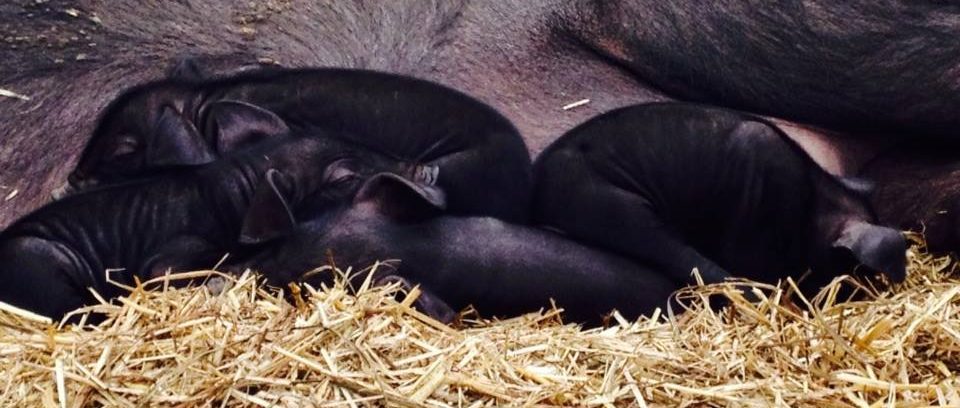
Do you raise heritage breeds of hogs?
The researchers need your help!
The team is looking for samples specifically from heritage breeds to further their research on determining androstenone levels.
If you raise heritage boars to slaughter, or if you keep boars that you would be willing to take a biopsy from, you can contact University of Guelph researcher Lydia Conrad at lconra01@uoguelph.ca to get involved.
The research team will be able to tell you the levels of androstenone present in your animals, and a DNA bank will be stored for further genome testing. Don’t miss out on a chance to determine the levels of androstenone present in your herd!
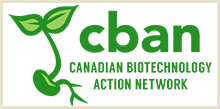
Gene Editing – the Science Explained
A discussion of the science, risks, and limitations of the new “gene editing” techniques.
Presented by the National Farmers Union.
Thursday, January 27, 2022, 12 pm PST / 3 pm EST
Everyone is welcome. Click here to register.

